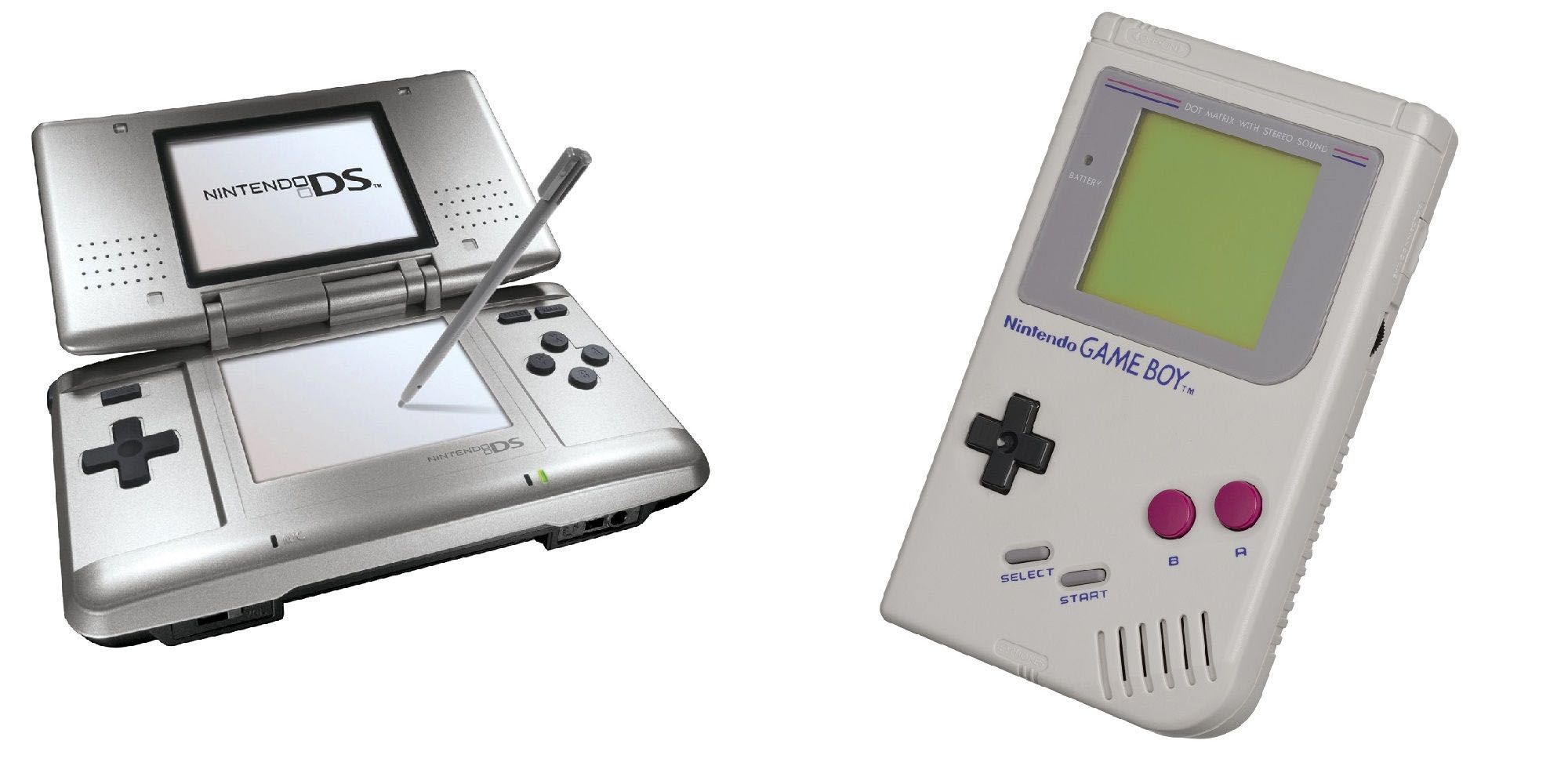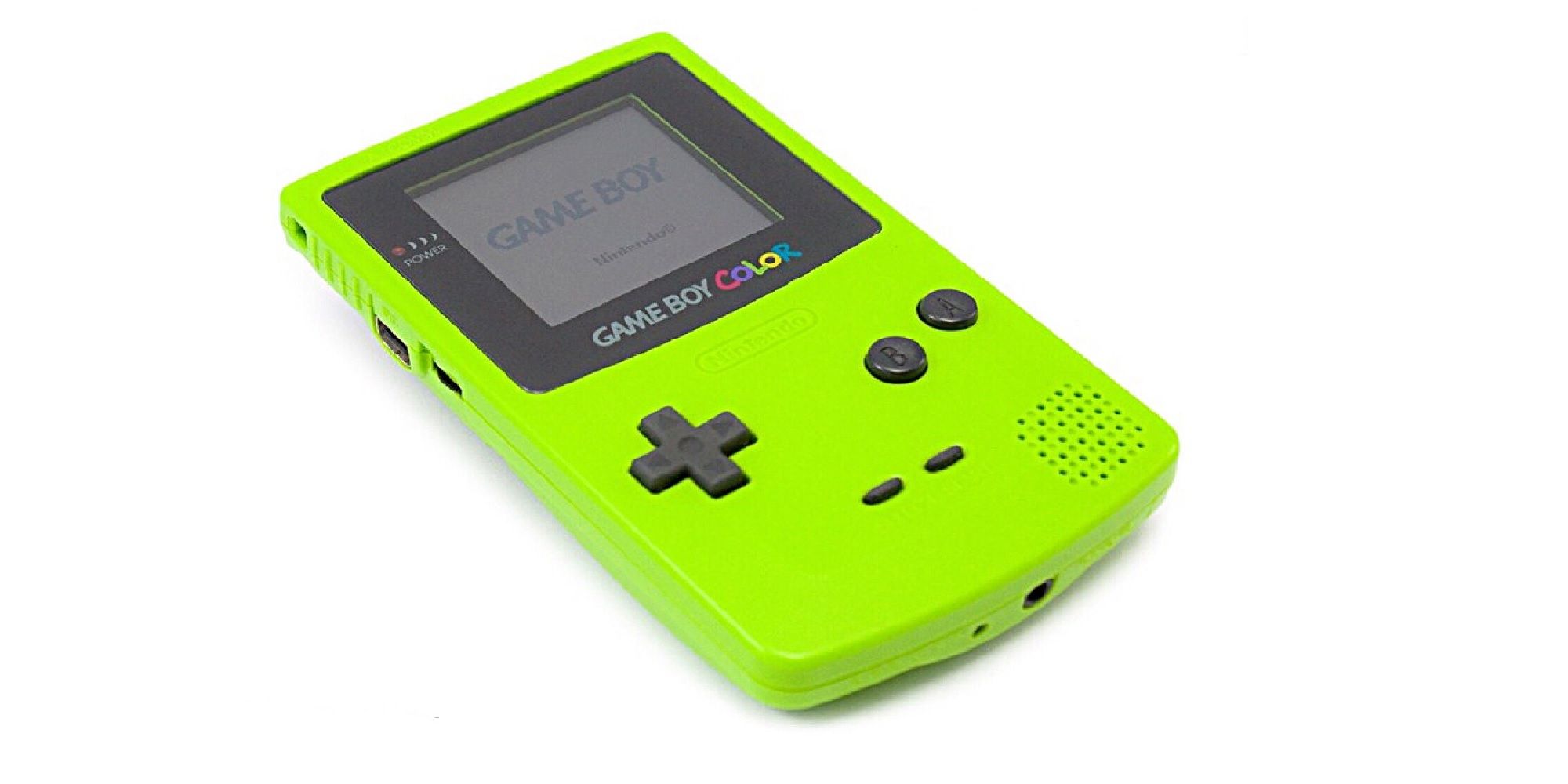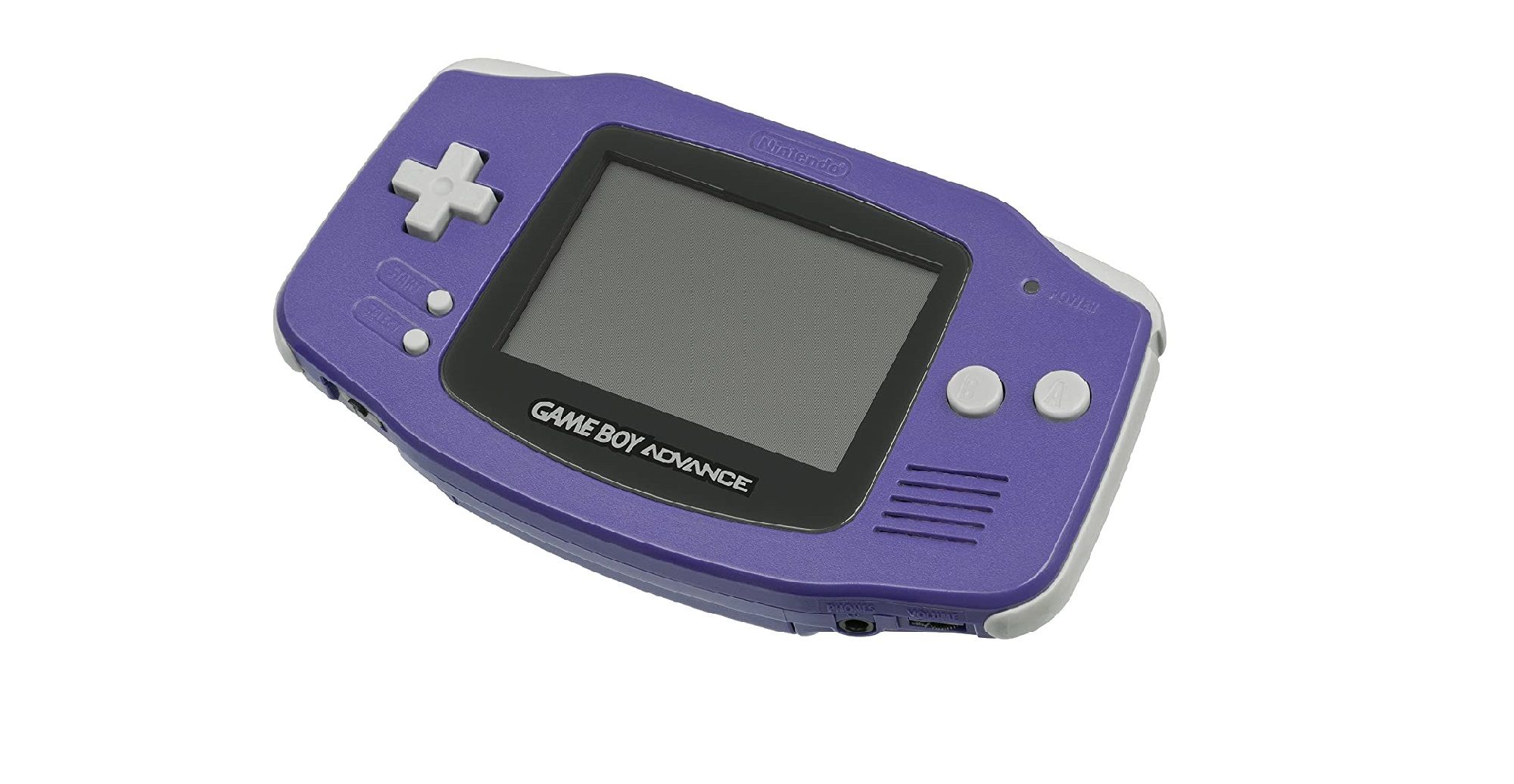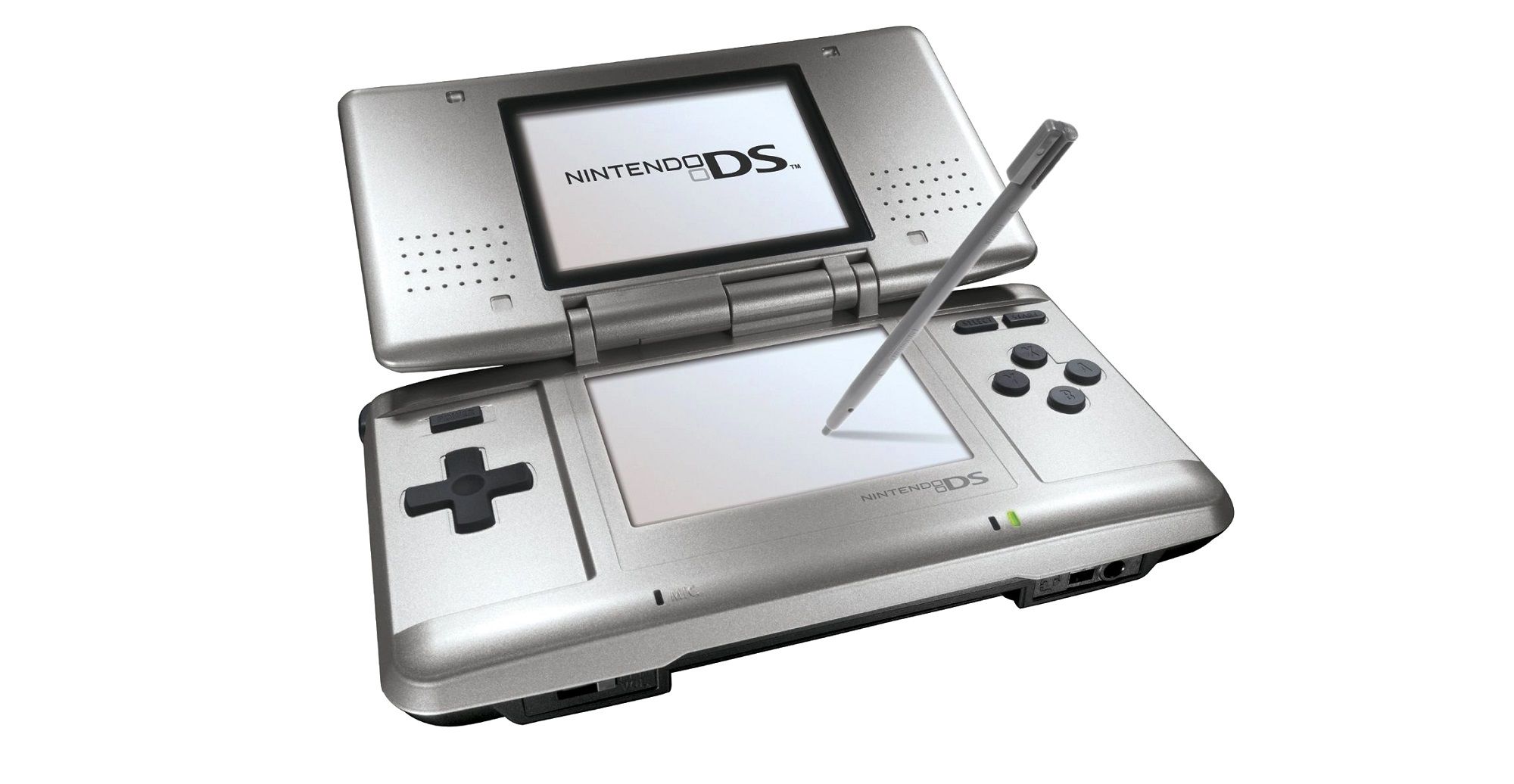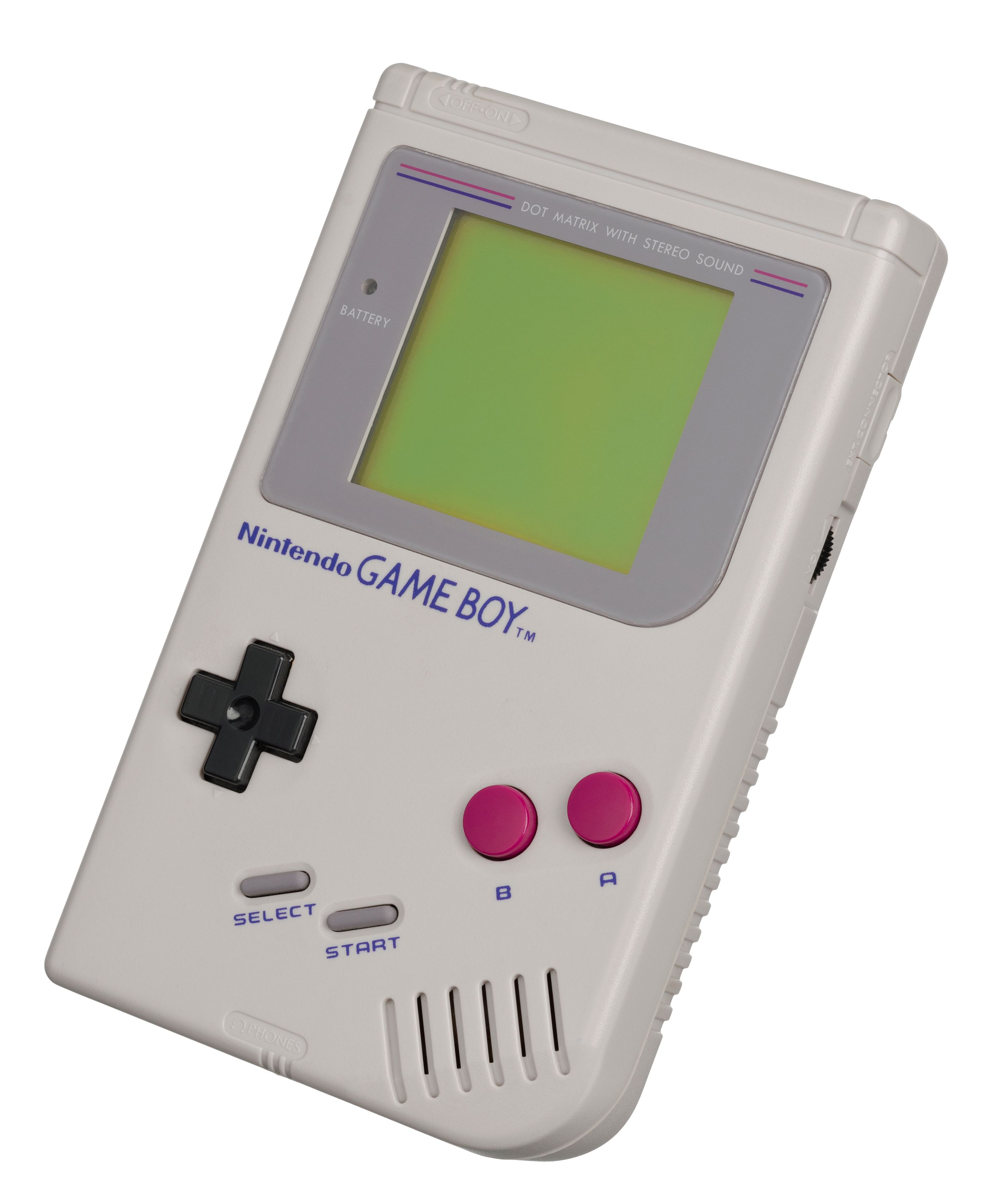While Nintendo wasn't quite the first hardware manufacturer on the handheld gaming scene (that honor belongs to Mattel), the Japanese giant helped to get it off the ground and is synonymous with handheld gaming. Companies such as Atari, NEC, SEGA, and Sony have all tried to gain inroads in the handheld scene with varying degrees of success. However, only Sony came anywhere close to what Nintendo has accomplished.
Throughout the years, Nintendo has released numerous handhelds. At first, they were just a compliment to their home console lineup, but they later became crucial to Nintendo's survival as they began to lose ground to Microsoft and Sony in the early 2000s. While the core experience may be the same, each handheld had its own unique story, from their reveal to how they helped to shape the gaming landscape around them.
6 Game Boy Color
After the success of the original Game Boy, Nintendo announced its successor in March 1998 at a press conference in Rome, Italy. Nintendo touted the new handheld would simultaneously support 56 bright colors at once: a stark contrast to the monochrome screen the original Game Boy had. The Game Boy Color was also compatible with older Game Boy titles.
The Game Boy Color was launched in Japan in October of 1998. Sadly, the handheld only had five games at the time of its release, the most notable of which was Dragon Quest Monsters. The Game Boy Color was released in other regions the following month, where games such as Pocket Bomberman were among the launch titles. Despite its lackluster launch, the Game Boy Color was very successful for Nintendo, selling well over 50 million units and remaining in production until 2003.
5 Nintendo 3DS
Nintendo always had a fondness for stereoscopic 3D technology, first using it in the failed Virtual Boy in the mid-1990s. Fast-forward to E3 2010, Nintendo finally achieved its 3D goal and announced the Nintendo 3DS, the successor to the Nintendo DS. The handheld could display 3D effects without the need for accessories. It also had the backing of prominent third-party developers such as Capcom, Square Enix, and Konami. Titles such as Resident Evil: Revelations and a handheld version of Metal Gear Solid 3 were among the more prominent game announcements during the event.
Despite the capable hardware and strong support from Japanese developers, the 3DS had a slow start, mainly due to its high price tag. Nintendo later rectified that mistake by lowering the price, and the sales started trickling in. The 3DS has since solidified itself as a great console, with titles such as Animal Crossing: New Leaf and Monster Hunter 4 among the best on the system. The 3DS lasted for nearly a decade, with Nintendo finally halting production in 2020.
4 Game Boy Advance
Despite only being two years into the Game Boy Color's lifespan, Nintendo announced its successor during the 2000 Space World trade show. It was called the Game Boy Advance and featured a more robust color palette and performance that was close to that of the Super Nintendo. The handheld was released in Japan in March of the following year, with the rest of the world catching up two months later.
The GBA launched with titles including Castlevania: Circle of the Moon, Super Mario Advance, and Tony Hawk's Pro Skater 2. Since the Game Boy Advance was very similar to the Super Nintendo performance-wise, it later became home to a lot of RPGs as well, such as Pokemon Ruby & Sapphire and ports of some of the Final Fantasy games from the Super Nintendo. The handheld sold over 80 million units during its lifetime before being discontinued in 2008.
3 Nintendo DS
Nintendo introduced their dual-screen handheld during E3 2004. While it wasn't the first dual-screen gaming device, it definitely had the biggest impact. North America and Japan were the first ones to get it in late 2004, with the rest of the world getting their hands on the DS a year or so later. It launched with a very high-profiled remake of Super Mario 64 and was also compatible with Game Boy Advance games.
The Nintendo DS left a lasting legacy in the industry. It popularized touchscreen technology in gaming, which eventually led to the rise of smartphone gaming in the upcoming years. The Nintendo DS family sold over 100 million units, and is second only to Sony's PlayStation 2 when it comes to the best-selling video game consoles of all time.
2 Nintendo Switch
While it isn't a traditional handheld, the Nintendo Switch carries on the handheld legacy Nintendo has cultivated throughout the years. In 2017, it was announced via live streaming, which was a first for a new Nintendo system as they are usually announced through traditional press conferences.
The initial showing of the Switch demonstrated the versatility of the unit. From traditional home console gaming in the living room to portability up on the rooftops, the Switch was the console (or handheld) that Nintendo had been building up to throughout the years. The Switch proved to be a home run for Nintendo, with its diverse library and unique form of gaming. Even with the release of the Xbox Series X and PlayStation 5, the Switch continues to be a force in the gaming landscape.
1 Game Boy
Like the NES before it, the Game Boy revolutionized the gaming industry. Released in 1989 in Japan, the Game Boy was the brainchild of Gunpei Yokoi and helped to standardize handheld gaming for the masses. Gamers could properly enjoy many of their favorite games on the go without having to make any major compromises to quality or portability.
Some launch titles included were Super Mario World and Tetris, both of which remain popular to this day. Then, the release of Pokemon Green and Red further solidified the Game Boy's status as a gaming staple. The overall success of the Game Boy laid the foundation for what smartphone gaming is today.

